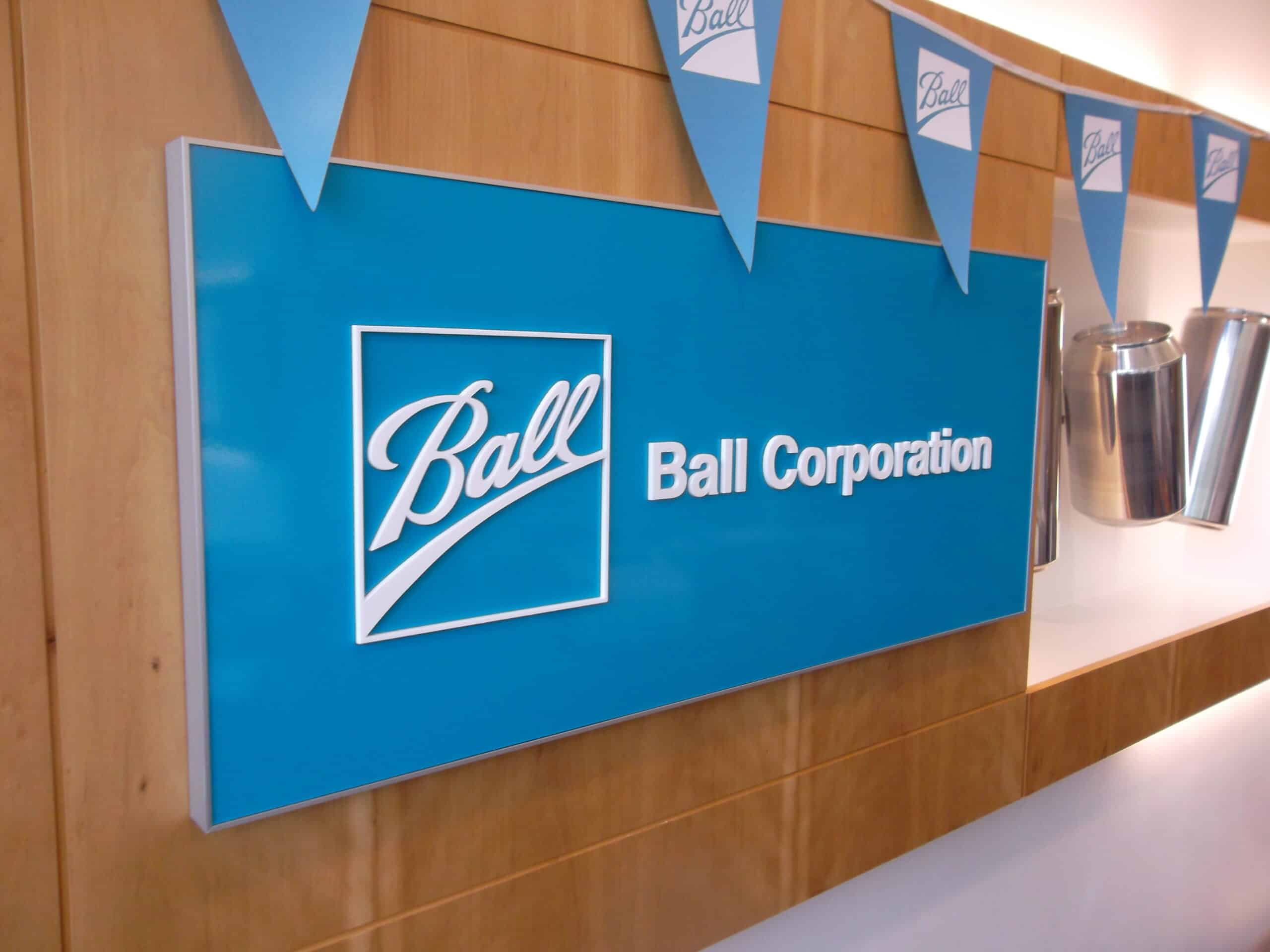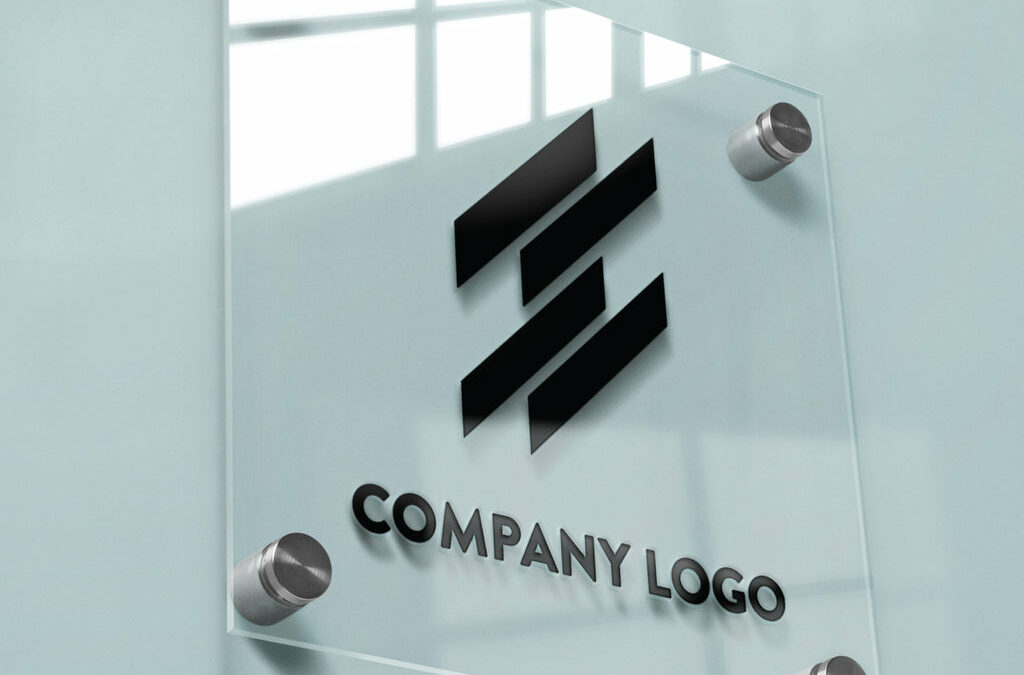Helping businesses pick the right type of sign for their needs is an important part of sign making.
The right signage is essential for any company looking to attract customers and enhance brand visibility. When it comes to external signage, two popular options are hanging signs vs wall-mounted signs. Each has its advantages depending on factors such as location, branding and visibility. For sign makers, understanding these differences helps when advising clients on the best solution for their situation.

Hanging Signs
Hanging signs are suspended from brackets, poles or ceilings and are designed to be seen from multiple angles. They are particularly effective in high-footfall areas where businesses need to stand out.
Hanging Signs Advantages:
- Increased Visibility – As they extend outwards, hanging signs are more noticeable to passing pedestrians and drivers.
- Double-Sided Exposure – Many hanging signs are designed to be viewed from both directions, doubling their impact.
- Aesthetic Appeal – Ideal for businesses looking for a traditional or boutique-style appearance, commonly used for retail stores, cafés and pubs.
Hanging Signs Considerations:
- Structural Support – Requires a sturdy mounting point to ensure durability, particularly in areas with strong winds.
- Maintenance – Being more exposed to the elements, hanging signs may require regular upkeep to maintain their appearance.
Planning Permission – Some locations may have restrictions on projecting signage, so it’s important to check local regulations.
Wall-Mounted Signs
Wall-mounted signs are fixed directly to a building’s façade. They offer a more integrated look and are often chosen for their durability and space efficiency.
Wall-Mounted Signs Advantages:
- Seamless Integration – These signs blend into the architecture, making them ideal for businesses that want a sleek, professional appearance.
- Low Maintenance – As they are affixed directly to the wall, they are less prone to movement and require minimal upkeep.
- Weather Resistance – Fixed installations are generally more robust against adverse weather conditions.
Wall-Mounted Signs Considerations:
- Limited Visibility – Depending on placement, they may not be as eye-catching as a hanging sign that extends into the customer’s line of sight.
- Installation Challenges – Drilling into certain wall materials can be complex and may require additional fixings to ensure longevity.
- Repositioning Issues – Once installed, moving a wall-mounted sign can be costly and leave marks on the building.
Which Option is Best for Your Clients?
As a sign maker, your recommendations should be based on your client’s business type, location and target audience. Both hanging signs and wall-mounted signs have their place, and the best choice will come down to how the business wants to be perceived and how typical customers engage with the type of signage. Here are key factors to consider:
Street Presence
For businesses in high-footfall areas, hanging signs can significantly enhance visibility by projecting outwards, making them easier to spot from a distance. However, wall-mounted signs can still be highly effective, particularly when designed with strong contrast, bold fonts and illuminated elements to ensure they stand out against the building.
Brand Identity
The type of signage a business chooses should align with its branding. Hanging signs often work well for retailers, hospitality venues and boutiques that want to create a welcoming and traditional feel. Wall-mounted signs are better suited for corporate offices, financial institutions and service-based businesses that require a sleek, professional appearance. Customisation options such as 3D lettering, LED illumination and high-quality materials can elevate both types of signage to reflect the business’s image effectively.
Budget & Longevity
Cost considerations often play a significant role in decision-making. Hanging signs may involve a higher initial investment due to structural reinforcements and ongoing maintenance, particularly in areas with exposure to wind and rain. Wall-mounted signs tend to be more cost-effective in the long run since they require less maintenance and are less susceptible to environmental damage. However, factors such as material choice, installation complexity and the need for future updates should also be taken into account.
Planning Regulations
Always check local planning requirements before installation, as some areas have strict rules on sign projection, size and lighting. Hanging signs may face more restrictions due to their protruding nature, whereas wall-mounted signs often require approval for dimensions, placement and illumination. Consulting with local authorities or obtaining necessary permits in advance can help prevent delays and ensure compliance.
Shop with Cherwell
Both hanging signs and wall-mounted signs serve a vital role in business branding. The best choice depends on the specific needs of the business and its location. As a sign maker, offering expert guidance on shop signage options will help your clients achieve maximum visibility and impact.
At Cherwell Signs, we specialise in high-quality hanging sign supplies and wall-mounted solutions tailored to suit a variety of businesses. If you’re looking for a trusted supplier for your signage needs, get in touch with our team today.


